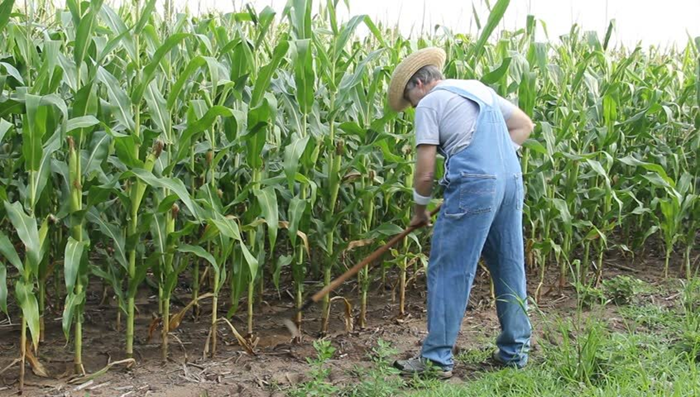Scientists have assessed the extent to which the introduction of a push-pull system in western Kenya has affected yield fluctuations and the prevalence of pests, insects and parasitic weeds over time, writes SciDev.Net.
According to the study, published in the journal Agriculture, Ecosystems and Environment, the push-pull system involves two companion crops alongside the main maize crop, with a “push” plant (such as a legume) planted in rows between the maize and a “pull” plant (in this case, the forage plant elephant grass) surrounding the perimeter of the field.
The pusher plant repels adult female pest moths as they search for a place to lay their eggs. The females then move to the edge of the field and are attracted to the pull plants, which are poor hosts, killing at least 80 percent of the larvae before they reach adulthood.
“The key finding of our study is that the push-pull system actually gets better the longer it’s in place,” said Tim Lattermoser, the study’s lead researcher and a doctoral student in the Department of Entomology at Cornell University in the US. He told SciDev.Net that the combined push-pull technology resulted in “massive yield benefits for farmers,” typically two to three times that of conventional corn production.

